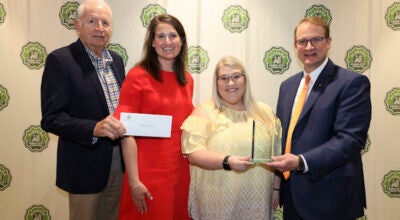Airport close to getting licensed
Published 10:45 pm Friday, May 29, 2009
Just two things prevent the Chilton County Airport from becoming licensed by the state.
First, remaining obstacles in the approach and departure paths of aircraft — mainly tall trees — must be removed. Second, the runway must be re-marked.
“We have been assured that once those issues are resolved, the airport will be fully licensed,” Chilton County Airport Authority member Billy Singleton said.
In recent years, CCAA has acquired 20 acres of land and removed approximately 90 percent of the obstructions. This means they are getting very close to completing the project.
Re-marking the runway will include the center striping and the runway’s identifying numbers. Before the Federal Aviation Administration will approve additional funding, however, the flight path must be cleared. Then, CCAA plans to request funding for the resurfacing of the runway, which would need to be done prior to the re-marking.
“If we do the marking now, we will have to redo it later,” Singleton said, expressing confidence that the airport’s license is well within reach — perhaps before the year’s end. “Just because the airport is not currently licensed does not mean it is not safe,” he was quick to add.
Due to the obstructions, 20 percent of the 4,000-foot runway at Gragg-Wade Field has gone unused for at least two decades, preventing larger craft such as corporate jets or small business aircraft from using the facility.
When Congress freed up federal funding from the aviation fuel trust fund in 2000 and 2001, it helped public airports across the state and nation to bring their facilities up to standard. The Chilton County Airport has received about $2 million in funding to make needed improvements. The funding comes primarily from the FAA (95 percent) but it matched by the state (2.5 percent) and the county (2.5 percent).
The CCAA is awaiting funding to purchase additional parcels of land from nearby landowners. Once the transactions are complete, just two parcels will remain.
Singleton said the authority works hard to get landowners the best deals.
“We realize sometimes that it was a difficult thing for them to do,” he said. “We tried to structure the transactions to where it would benefit both parties.”
Singleton said the airport benefits the entire community, although this might not always be visible. Examples include business flights, medical flights, revenue from fuel sales, aerial fire patrols, law enforcement flights and military training.
Ultimately, the goal is to upgrade both the entire runway and the runway lighting system.
“We want this facility to benefit all the residents of Chilton County and be something they can take pride in,” Singleton said.






